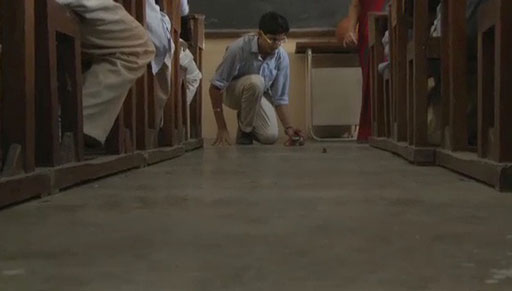2 What makes a good brainstorming prompt?
You should think about the purpose of the brainstorming session from two perspectives:
- What science will it help your students to learn?
- What skills will they learn in the process?
The prompt that you choose will depend on the science you want your students to learn, and how you organise the session will depend on the skills you want them to practise.
Using a simple word like ‘force’ as the prompt would enable you to find out at the start of a topic what your students already know. More specific prompts like ‘How do forces help us in our daily lives?’ or even ‘What would the world be like with no friction?’ are probably best suited to finding out about student misconceptions.
It is important to have a prompt that will stimulate plenty of ideas, so it needs to be an open question or a problem with no single correct answer.

Activity 2: Thinking of suitable prompts for brainstorming
This is a planning activity for you to do on your own or with other teachers. The purpose of this activity is to help you think about suitable prompts.
Remember that a prompt can be a question, a word, a statement, a photograph or a picture.
The prompt that you use for a brainstorming session will depend on what you want your students to learn. Some possible learning outcomes might be:
- finding out what your students already know about forces and motion
- thinking deeply about a particular issue in a topic
- making connections between different topics and subjects
- relating science to everyday life.
For each learning outcome, think of a suitable prompt that would make your students think broadly about forces and the laws of motion.
When you have finished, compare your ideas with the table in Resource 2.
Finally, think about the topic that you will be teaching next. Plan two brainstorming prompts that you could use for that topic.
1 How to brainstorm
